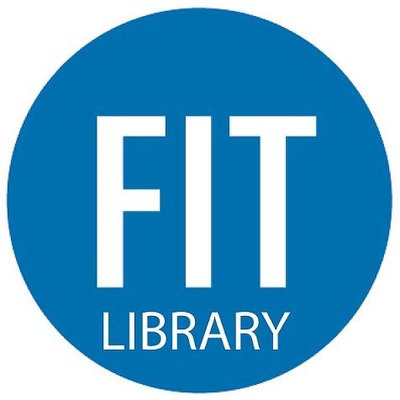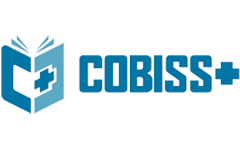EPIPHANY: A STYLISTIC-SEMIOTIC INTERPRETATION OFJAMES JOYCE'S ARABY
DOI:
https://doi.org/10.61841/paxn2r84Keywords:
Araby, seven standards of textuality, Text LinguisticsAbstract
This study is a stylistic-semiotic scrutiny of the literary text as a communicative occurrence.Its applicable area is James Joyce's epiphany as represented in his short story,Araby. Being an informative unit, the text is not a haphazard set of linguistic units; it is a systematic structure governed by a definite set of formal relations. So to be communicative, the text should meet certain criteria, without which there is no human communication. This paper purports to investigate the seven standards of textuality in James Joyce's Arabic in terms of de Beaugranda and Dresselr's model, paying much attention to the basic concepts of cohesion and coherence in Joyce's story. The model is encoded in their book, Introduction to Text Linguistics (1981). Out of 15 short stories in Joyce’s Dubliners (1972), Araby will be selected for text analysis. The paper aims at unraveling how the seven standards of textuality operate to build up the mental world of the story and how these forms operate to produce the text as a communicative occurrence. What is new about this paper is the attempt to approach Joyce’s language of narrative and how to produce the vision of Ireland in given special and temporal circumstances by using a new way of analysis, i.e., the stylistic-semiotic approach (henceforth SSA). The stylistic-semiotic approach is the study of the narrative text in context; it attempts to analyze the literary text not only as a system of interrelated signs but as a product of a given culture. Every human product is a message that communicates a certain world view through specific verbal signs in a specific cultural code. While the structural relations underlying the narrative structure are universal, the narrative sequential methodologies follow culturally specific principles. The study construes two interlinked circles: the first concerns the theoretical grid, while the second deals with the stylistic-semiotic analysis. The study is rounded up with concluding remarks elicited from the study quest.
Downloads
References
1. Almalech, Mony (2017) Semiotics of Color on line [, Available from: www.iassais.org/proceedings/semiotics-of-color. Accessed 21November, 2016.[
2. "Araby" James Joyce: Study Guides (2016) on line [, Available from] Accessed 21November, 2016.[
3. Chandler, Daniel (1994). Semiotics for Beginners: Rhetorical Tropes. Available from:http://users.abr.acuk/dge/Documents/S4B/semio7.htm Accessed April 5, 2014 [].
4. Cope, R. and Cope, Wendy Patrick (eds., 2017) A Teacher’s Guide to the Signet Classic of James Joyce’s Dubliners. on line [ , Available from: www.penguin.com/static/pdf/teachersguide/Dubliners.pdf Accessed 9 May, 2014 [].
5. Holy Chalice (2017) on line [, Available from:http://en.wikipedia.org/wiki/Holy_Chalice]Accessed15 December, 2015 [.
6. Wallace Gray’s Notes for James Joyce’s “Araby(2017) on line [, Available fromhttp://mendele.com/WWD/WWDarabynotes.html] Accessed 9 May, 2014 [.
7. Epiphany y(2016)..]on line [ , Available from: [http://en.wikipedia.org/Epiphany] Accessed 9January, 2015 [].
8. Selected Essays on James Joyce’s “Araby” (2017). On line [, available from:
9. The literarylink.com/araby-essays.html Accessed 15 May, 2014 [].
Downloads
Published
Issue
Section
License
Copyright (c) 2020 AUTHOR

This work is licensed under a Creative Commons Attribution 4.0 International License.
You are free to:
- Share — copy and redistribute the material in any medium or format for any purpose, even commercially.
- Adapt — remix, transform, and build upon the material for any purpose, even commercially.
- The licensor cannot revoke these freedoms as long as you follow the license terms.
Under the following terms:
- Attribution — You must give appropriate credit , provide a link to the license, and indicate if changes were made . You may do so in any reasonable manner, but not in any way that suggests the licensor endorses you or your use.
- No additional restrictions — You may not apply legal terms or technological measures that legally restrict others from doing anything the license permits.
Notices:
You do not have to comply with the license for elements of the material in the public domain or where your use is permitted by an applicable exception or limitation .
No warranties are given. The license may not give you all of the permissions necessary for your intended use. For example, other rights such as publicity, privacy, or moral rights may limit how you use the material.
















